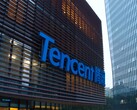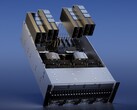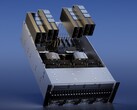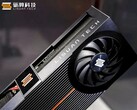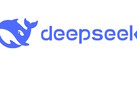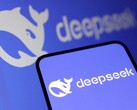China’s AI sector utilized the World Artificial Intelligence Conference (WAIC) in Shanghai to announce two strategic alliances aimed at rebuilding the domestic technology stack and reducing reliance on U.S. silicon.
Building on this momentum, the first alliance, the Model-Chip Ecosystem Innovation Alliance, brings together GPU designers Biren, Huawei, Enflame, and Moore Threads, as well as large-language-model specialists such as StepFun. Its stated goal is to connect hardware, frameworks, and LLMs under common interfaces so that models can move between Chinese accelerators with minimal friction.
Meanwhile, a second grouping, the Shanghai General Chamber of Commerce AI Committee, focuses on deploying AI in manufacturing and services. Founding members include SenseTime, MiniMax, Iluvatar CoreX, and Metax, and the committee is positioned as a bridge between model developers and industrial users.
On the hardware side, Huawei drew attention with CloudMatrix 384, a server cabinet that clusters 384 Ascend 910C chips. Further amplifying hardware developments, SemiAnalysis claims that the system outperforms Nvidia’s GB200 NVL72 cluster on selected metrics, offsetting weaker per-chip performance through a dense system design. Metax demonstrated a 128-chip C550 “supernode” designed for liquid-cooled data center deployments.
Beyond hardware, WAIC also featured several software and consumer debuts: Tencent open-sourced its Hunyuan3D World Model 1.0 for text-to-3D scene generation; Baidu showed a toolkit that clones a presenter’s voice and gestures from ten minutes of video; and Alibaba previewed Quark AI Glasses, due in 2025, with guidance and Alipay QR-code support via its Qwen model.
By knitting together chipmakers, model houses, and end-users, these two new alliances aim to accelerate standardization and reduce fragmentation inside China’s fast-growing AI ecosystem—an approach that could prove decisive as U.S. export controls tighten further.
Source(s)
Reuters (in English)






